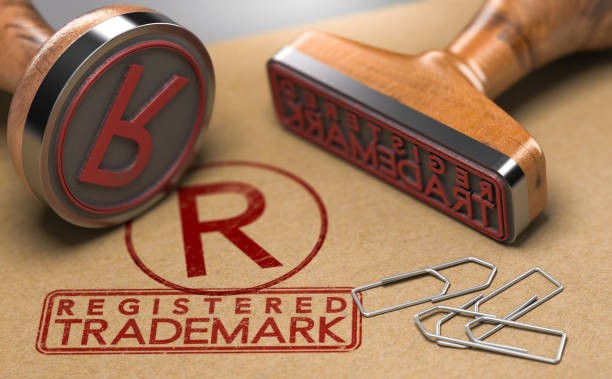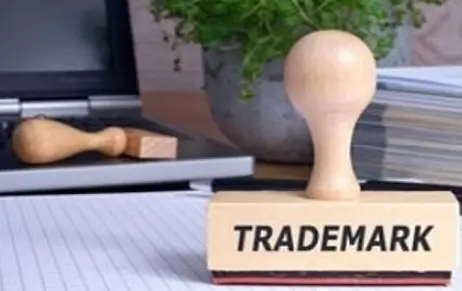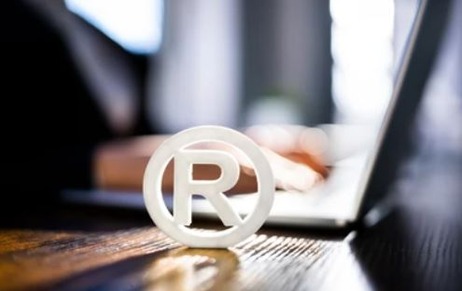TRADEMARK A trademark is something that we encounter on a regular basis. It is the…
Trademark Objections Reasons And Response
Filing for a trademark can be a tedious process and if not done in a proper manner, it can lead to several objections to the application. A Trademark Officer is the one who can object to the trademark application.
After receiving the application for Trademark registration, a Trademark Officer can raise objections due to several reasons. These objections do not signify rejection regarding registration of that Trademark, but on the contrary seeks answers and clarification from the applicators of that trademark as to how and why the trademark fulfills the criteria of getting registered. The Objections raised are as follows:
Incorrect Usage of Trademark Forms
In case, the applicant of the trademark fails to file the correct form while applying, the Trademark Officer will raise an objection to the same stating that “The application is made on TM-1 form, for certification mark in respect of goods or services falling in a class, the form of the application should be corrected as TM-4 by filing a request on form TM-16.”
This objection can be rectified by filing a TM-16 form requesting the filing of the correct Trademark form.
- Incorrect Name of the Applicant: In the case where there has been an error in filling the name of the Applicant in the Trademark application, an objection will be raised by the Trademark Officer stating “The application appears to have been filed in the name of a partnership firm, names of all Partners of the firm should be brought on record by filing a request form TM-16”
This objection can be rectified by filing a TM-16 form requesting the correction of the applicant’s name in the Application.
- Failure in Filing TM-48: A trademark attorney or agent, on behalf of the applicant shall attach a TM-48 form while applying for the Trademark Registration. In case of failure, the Trademark officer can raise an objection of the nature “The application has been submitted by a person other than the applicant, a duly stamped Power of Attorney in favour of a particular agent should be filed.”
This can be rectified by filing a request via TM-16 form to correct the erred application.
- Incorrect Address: If the applicant fails to mention the correct address of the Trademark or fails in doing so at all, the Trademark Officer can raise an objection regarding the same in the following manner “The Principal Place of business of the applicant should be brought on record by filing a request on form TM-16” or “The applicant’s address for service in India should be brought on record by filing a request on form TM-16, since the applicant has no principal place of business in India.”
The objection can be corrected by filing a request via form TM-16.
- Incorrect Trademark Class: Trademark is divided into classes. For services the class ranges from 35-45 and in the case of goods the range is from class 1-34. In case, the trademark class in the application form is chosen wrongly then the application will get rejected and the status of the trademark class will be marked as objected.
- Deception: In case, the Trademark is deceiving in nature by way of nature, use, geographical location or the quality of the products of service, the Trademark Officer will raise an objection mentioning the same.
An example of deception can be seen in the case of Leather Cloth Company Ltd. v. American Leather Cloth Company Ltd.; (1863)4 De G.J & S 137, the company portrayed its product to be ‘tanned leather cloth’ where in reality only 1/3rd of the whole production was in tanned cloth.
TM-16 can be filed in order to clear the objection.
- Lack of Distinction: A trademark is supposed to differ from another registered trademark and if the applicant’s trademark lacks differentiable traits, the application will be subjected to objection by the Trademark Officer on absolute grounds. The Objection can be removed by proving distinction with the use of proof.
The trademark was refused in the case of American Online Inc.’s Application; [2002] E.T.M.R. 6, 59, due to lack of distinction. The trademark applied for was the phrase ‘You’ve got mail’ but this was rejected stating that this phrase is very common and can very easily be confused by the consumer for receiving an email.
- Obscenity or Offensive to particular community: A Trademark which contains any form of obscene, abusive or offensive words, images or meaning may be refused by the Trademark Officer.
An example can be noted from the case of Amritpal Singh v. Lal Babu Priyadarshi; 2005 (30) PTC 94 (IPAB) 23 (2002) RPC 628, p.635, the term ‘Ramayan’ was refused on two grounds. First being that it could be perceived as offensive by the Hindu Community and second, that it could not have been used for distinction.
- Similarity Index: A Trademark Officer is supposed inspect the Trademark applied in accordance with the previously registered Trademarks to look for any similar or identical nature and form a Trademark Examination Report. As per provisions of Section 11 of the Trademark Act, 1999, in case, the officer finds out the applied Trademark has similar or identical aspects with previously registered Trademark, he can raise objections for the same.
- Non-Attachment of User Affidavit: If a Trademark is being used prior to being applied for registration, the applicant shall intimate the registry regarding the same by attaching a user affidavit, and claim its usage. In case, the applicant fails in doing so, the Trademark Officer will raise an objection regarding the same.
HOW TO REVERT TO THESE OBJECTIONS?
To revert to the objections raised by the Trademark Officer, the following steps shall be followed:
- Analyze the objections raised in a thorough manner.
- File a counter reply reverting to the objections raised within 2 months, otherwise the application will stand rejected, comprising the illustration of differences between the applicant’s trademark and the trademark in conflict along with all the documents, essential proofs and the affidavit conveying the usage of the trademark by the applicant.
- Both the parties i.e., the applicant and the party with the conflicting trademark will be called for a scheduled hearing in case the counter reply is accepted by the registry.
- If the hearing ends on a positive note, the trademark of the applicant shall be published in the Trademark Journal. In case of a negative outcome of the hearing the Registry is supposed to file a refusal order stating all the grounds for the refusal of the trademark. There is still a chance of filing a review petition within 30 days of such order while stating the reasons of the petition getting reviewed.
- Lastly, after the Trademark is published in the Trademark Journal, an option of opposition is provided to other Trademark Holders for a period of 4 months. If no one objects to the publication, the Trademark will be registered and further, a Trademark Registration Certification will be provided to the applicant. If the publication of the Trademark is opposed in the 4 months, then the prescribed set of rules will be followed.
CONCLUSION
It can be said that filing for a Trademark is a hefty procedure which can become really time consuming, if not applied for in a proper manner, a lot of objections by the Trademark registry can be raised. Even though raising of objections is not the end of the procedure, there is always a way of rectifying the errors and removal of objections, but it is always advised that the application for registration shall be drafted and with a lot of beforehand research in order to save time and energy in the future.
Author: Sanchita Arora, a BBA.LLB Student at SLS, Nagpur, in case of any queries please contact/write back to us via email chhavi@khuranaandkhurana.com or at Khurana & Khurana, Advocates and IP Attorney.




